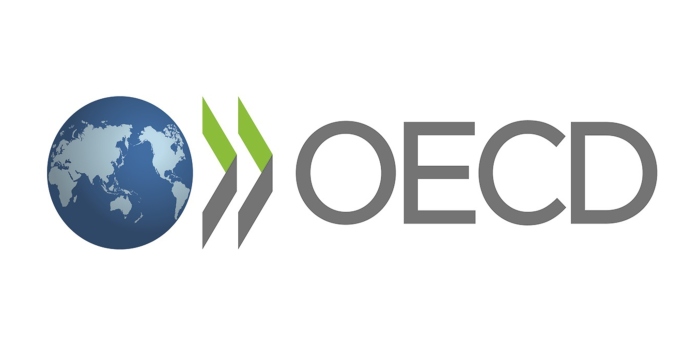Organisation for Economic Cooperation and Development
 The OECD has a long-standing programme for chemicals management and has played a fundamental role in harmonising regulatory methods for testing and assessing hazards of chemicals. The main vehicles for this have been internationally agreed test guidelines and the principles of Good Laboratory Practice (GLP).
The OECD has a long-standing programme for chemicals management and has played a fundamental role in harmonising regulatory methods for testing and assessing hazards of chemicals. The main vehicles for this have been internationally agreed test guidelines and the principles of Good Laboratory Practice (GLP).
Together, they have created conditions where a test performed according to OECD test guidelines are recognised by authorities in countries that adhere to the mutual acceptance of data (MAD). MAD is a legally binding instrument to facilitate the international acceptance of information for the regulatory safety assessment of chemicals. This has dramatically reduced the testing costs and limited the number of animals needed for testing purposes.
Today, much of the chemicals legislation in industrialised countries worldwide is underpinned by the results of the OECD Chemicals Programme. This also holds true for the hazard assessment of nanomaterials. The OECD Council Recommendation from 2013 on the Safety Testing and Assessment of Manufactured Nanomaterials states that existing international and national chemical regulatory frameworks is suitable to manage the risks associated with manufactured nanomaterials. However, it is also noted that these frameworks and other management systems may still need to be adapted to take into account the specific properties of manufactured nanomaterials.
In 2006, the OECD established the Working Party on Manufactured Nanomaterials (WPMN) to allow discussion on the hazard and risk assessment of nanomaterials. The main output so far has been an assessment of how the existing OECD test guidelines can be applied to 11 commonly used nanomaterials. Significant effort was put into the project and over 700 studies were generated throughout its course. The results were published by OECD during 2015.
